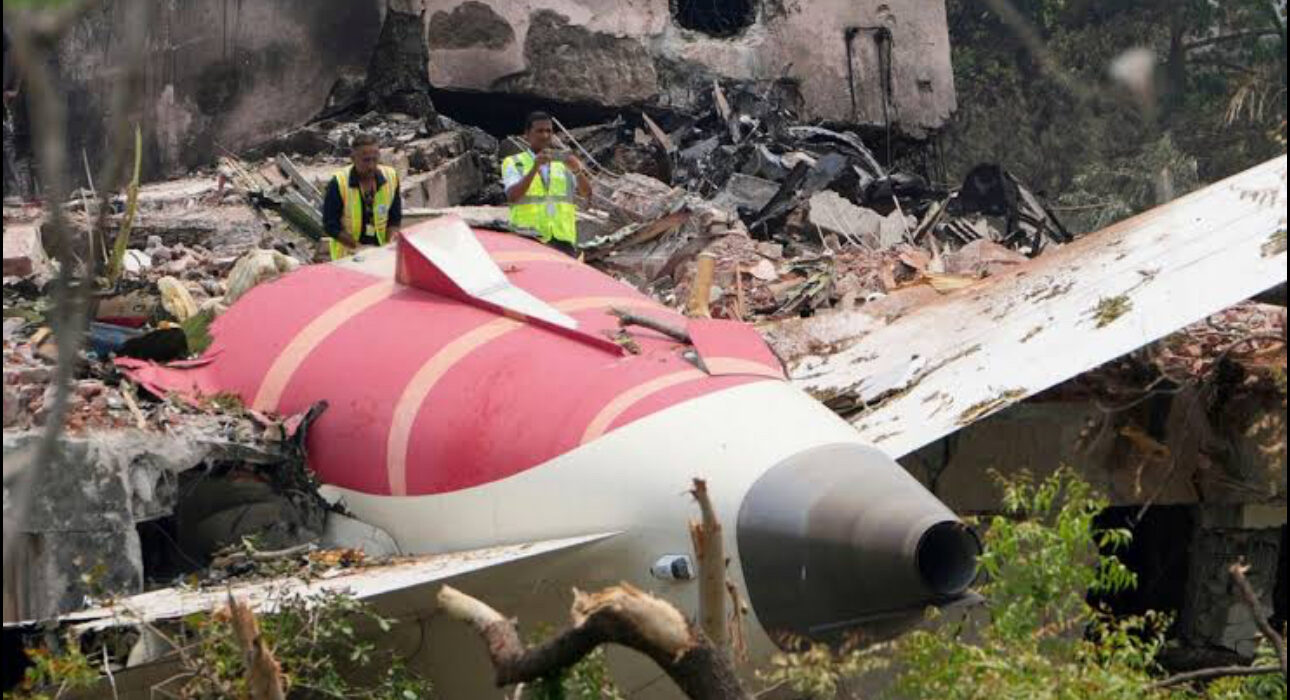Fuel Supply to Engines Was Cut Off Moments Before Air India Crash, Preliminary Report Reveals

A preliminary report by India’s Aircraft Accident Investigation Bureau (AAIB) has revealed that the deadly crash involving an Air India Boeing 787 Dreamliner on June 12, 2025, was triggered by the unexpected shutdown of both engines shortly after takeoff. The incident, which has been described as India’s worst air disaster in recent decades, claimed the lives of approximately 260 people, including all passengers and crew on board as well as residents on the ground.
According to the AAIB report, the aircraft had taken off from the Sardar Vallabhbhai Patel International Airport in Ahmedabad en route to London Heathrow. Just seconds after becoming airborne, both fuel control switches for the aircraft’s engines were inexplicably moved from the “run” to the “cutoff” position, immediately severing the flow of fuel to the engines.
The engines began to spool down, and although the switches were quickly moved back to “run,” it was too late for the engines to reignite in time to stabilize the aircraft.
Flight data and cockpit voice recordings indicated that one of the pilots was heard asking the other, “Why did you cut off the fuel?” to which the second pilot responded that he had not done so. A mayday call was also recorded as the aircraft lost altitude. One engine showed signs of beginning to restart, but the other did not respond, and the aircraft plunged to the ground less than 30 seconds after takeoff.
The findings have raised serious concerns among aviation experts and regulators, especially because the fuel control switches in the Dreamliner cockpit are designed with protective features such as locking guards to prevent accidental activation.
The AAIB report noted that it remains unclear whether the switches were moved deliberately, accidentally, or due to a technical fault. No mechanical malfunctions have been confirmed, and the investigation has not yet assigned any blame or identified a definitive cause.
In response to the findings, India’s Directorate General of Civil Aviation (DGCA) ordered a thorough inspection of all Boeing 787 aircraft in the Air India fleet. The airline operates 33 Dreamliners and has promised full cooperation with the investigation. Boeing and GE Aerospace, the aircraft and engine manufacturers respectively, have also stated their commitment to supporting the probe.
No safety recommendations have been issued so far by the AAIB, and the report emphasized that further investigation is needed to understand the cockpit dynamics and technical factors that contributed to the crash. The black boxes — including the cockpit voice recorder and flight data recorder — were recovered shortly after the accident and are being analyzed to aid in completing the final report.
The disaster has left the nation in mourning, with grieving families demanding transparency and accountability. Many have questioned how such a failure could occur in a modern aircraft equipped with multiple fail-safes. Critics are urging Indian aviation authorities to conduct a more extensive review of training, maintenance, and procedural oversight.
As investigations continue, experts warn that it may take several more months to conclude a final report. However, the early findings have already stirred debate about cockpit safety design, pilot protocols, and the reliability of complex systems onboard next-generation aircraft. The incident is expected to lead to a reevaluation of safety practices not only within Air India but across the broader aviation industry.









